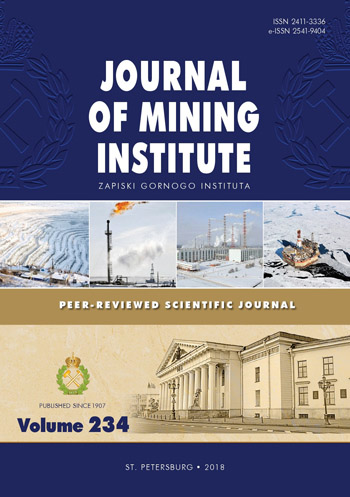Possibilities of open eruption elimination by drilling tools
- 1 — Ph.D., Dr.Sci. professor Higher Mining and Metallurgical School – Ostrava Technical University
- 2 — Ph.D. Deputy Director Higher Mining and Metallurgical School – Ostrava Technical University
- 3 — director Main Mining Rescue Station
- 4 — post-graduate student Higher Mining and Metallurgical School – Ostrava Technical University
- 5 — Ph.D. Higher Mining and Metallurgical School – Ostrava Technical University
Abstract
The most important raw materials for different industries are oil and natural gas. With increasing consumption, the demand for drilling and the quality of production increases. Therefore, the exploration and production of hydrocarbons requires not only first-class machinery and technological equipment, but also qualified personnel. Exploration and drilling, production of hydrocarbons, like any other industry, cannot avoid accidents, emergencies and catastrophes. The worst type of well accident is undoubtedly an open eruption of the extracted crude oil. Open eruption can lead to serious injuries to the rig personnel, damage and destruction of equipment, negative environmental impact and loss of crude oil. Exploratory drilling can cause the rise of pressure and its subsequent manifestations. During the first deep drilling, there may not be enough information about the drilled horizons. If the reservoir pressure in the production horizon is higher than the hydrostatic pressure of the fluid in the well (for example, drilling mud), the formation fluids flow into the well and move towards the surface, which causes open eruption. The rig personnel must be properly trained to be able to recognize the occurrence of rising pressure by various signs and to respond effectively to the situation. Sometimes, under the influence of the human factor or equipment failure, open eruption still occurs. The article discusses the possibilities of eliminating open eruptions with drilling tools.
